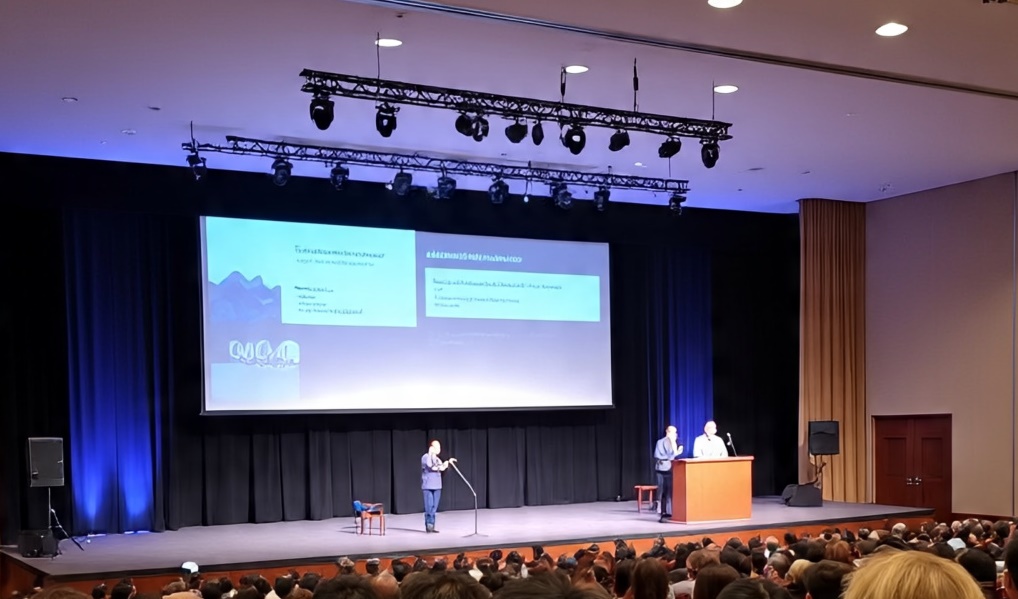Facing MSMEs Opportunities and Challenges Through the Hexagon Linkage Strategy with the Penta Helix Model Approach
Keywords:
MSME, Hexagon Linkage, Penta HelixAbstract
In moving the wheels of the economy, Indonesia is strongly supported by Micro, Small, and Medium Enterprises, or the public knows them to be MSMEs. Data from the Central Statistics Agency (BPS) for 2022 indicate that MSMEs play a central role in Indonesia’s economy. Where, as many as 64.2 million MSME units contributed around 61.9% of the Gross Domestic Product (GDP) and created 97% of employment opportunities for the community. Bank Indonesia in 2018 stated that MSMEs still had problems in the financial sector (79.8%), venture capital (61.7%), marketing constraints (55.3%), location constraints (31.9%), and raw material factor constraints (8.5%). Economic growth in the midst of the very active development of technology and information requires efforts to face the opportunities and challenges of MSMEs. The existence of an MSME strategy encourages business actors to facilitate the processes of massive production, distribution, and consumption. This study aims to determine the strategy of SMEs to face opportunities and challenges. The method used in this study is a library research method that uses manual data processing. The results of this work create a hexagonal linkage strategy using the penta-helix model approach, which can be used as a reference in facing the opportunities and challenges of Micro, Small and Medium Enterprises.
References
Anggraini, D., & Nasution, SH. (2013). The Role of People's Business Credit (KUR) in the Development of MSMEs in Medan City (Case Study of Bank BRI). Economics and Finance, 1(3)
Azman M, Furqony H, and Rustandi D. (2021). MSME empowerment models use the Abgc collaborative approach as a strategy to excite the middle income trap. Journal of Economics and Development Analysis, 1 (1).
Azzahra B, and Raditya A. (2021). Strategies for Optimizing MSME Performance Standards as a Catalyst for the Indonesian Economy in Facing the middle-income trap 2045. Journal of Economics and Development Analysis, 1 (1).
Coordinating Ministry for Economic Affairs of the Republic of Indonesia. (2023). Press Release – Increasing Financial Inclusion for MSMEs through the Utilization of Digital Technology, the Government Launches the PROMISE II Impact Program.
Hafsa, Mohammad Jafar. (2004). Small and medium enterprise (SMEs) Development Efforts. Infokop Journal Number, 25 Year Xx, 2004.
Hanan, A., Shahira, A., & Ali, M. (2021). Drivers of Sustainable Entrepreneurship Among SMEs in Pakistan: Does Entrepreneurial Knowledge Matter?. Indonesian Journal of Innovation and Applied Sciences (IJIAS), 1(2), 161-176.
Ishak P, Lazimatul. 2021. Implementation of the Pentahelix Model in the Development of MSMEs during the Covid-19 Pandemic. Gorontalo Accounting Journal, 4 (2).
Kurniawan, F and Fauziah, L. (2014). Empowerment of Micro, Small and Medium Enterprises (Umkm) in Poverty Alleviation: Jkmp (Issn. 2338- 445x), Vol. 2, No. 2 (103-220).
Madi, R. A., Sarita, B., Tangalayuk, A. & Yulianti, E. (2021). The Effect of Business Orientation on Small Business Performance in Kendari City. Indonesian Journal of Innovation and Applied Sciences (IJIAS), 1(1), 19-30.
Ministry of Finance. 2012. "Journal". Https://Www.Kemenkeu.Go.Id/Sites/Default/Files/Laporan_Tim_Kajian_Kebija kan_Anticipasi_Krisis_Tahun_2012_Through_Kur.Pdf
Muzanenhamo, A., Khazamula, S. D., & Imbayarwo, M. (2023). Towards Achieving Electronic Human Resource Management: Challenges Facing Public Enterprises in Adopting Technology. Indonesian Journal of Innovation and Applied Sciences (IJIAS), 3(2), 111-117.
Nisak. 2013. The Influence of Capital Loans on Income of Micro, Small and Medium Enterprises in the City of Mojokerto. (On line). Vol.1,No.3.
Rizqulloh, M. I. (2021). Economic Recovery: The Role of Business Digitization in Minimizing Unemployment During the Covid-19 Pandemic. International Journal of Qualitative Research, 1(2), 120-126.
Rozan, M. Z. A. (2022). Evidence of Impact from a National Digital Entrepreneurship Apprentice Program in Malaysia. Indonesian Journal of Innovation and Applied Sciences (IJIAS), 2(1), 50-59.
Siregar, Mersi, and Hajjaria. 2021. Indonesia's key MSMEs escaped the middle income trap. Journal of Economics and Development Analysis, Vol. 1 No. 1 Issn 2776-4389
Suci, YR 2017. Development of micro-, small-, and medium-sized enterprises (MSMEs) in Indonesia. Cano Ekonomos, 6(1), 51-58.
Tedjasuksmana, B. (2014). Portrait of Indonesian MSMEs Facing the 2015 ASEAN Economic Community.




